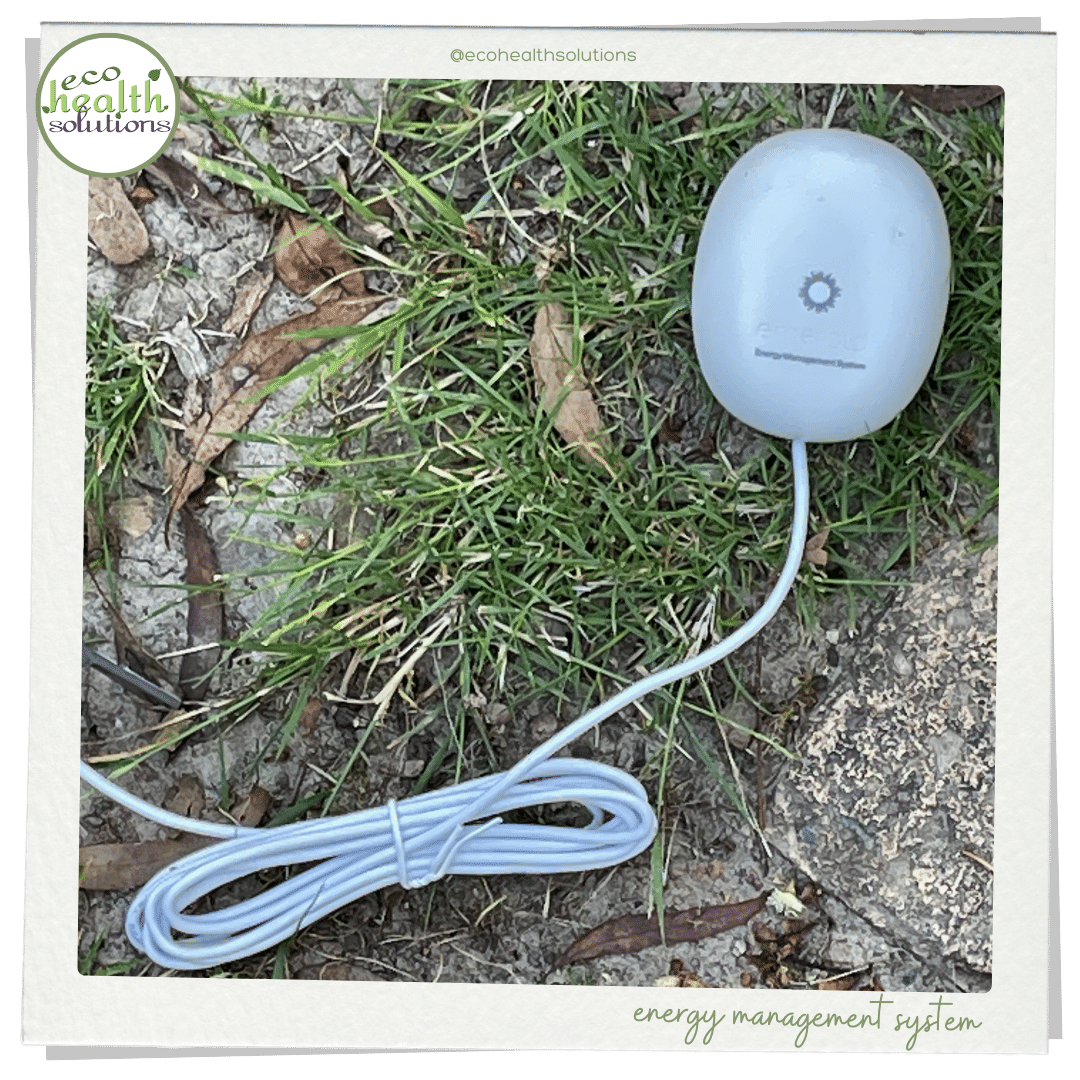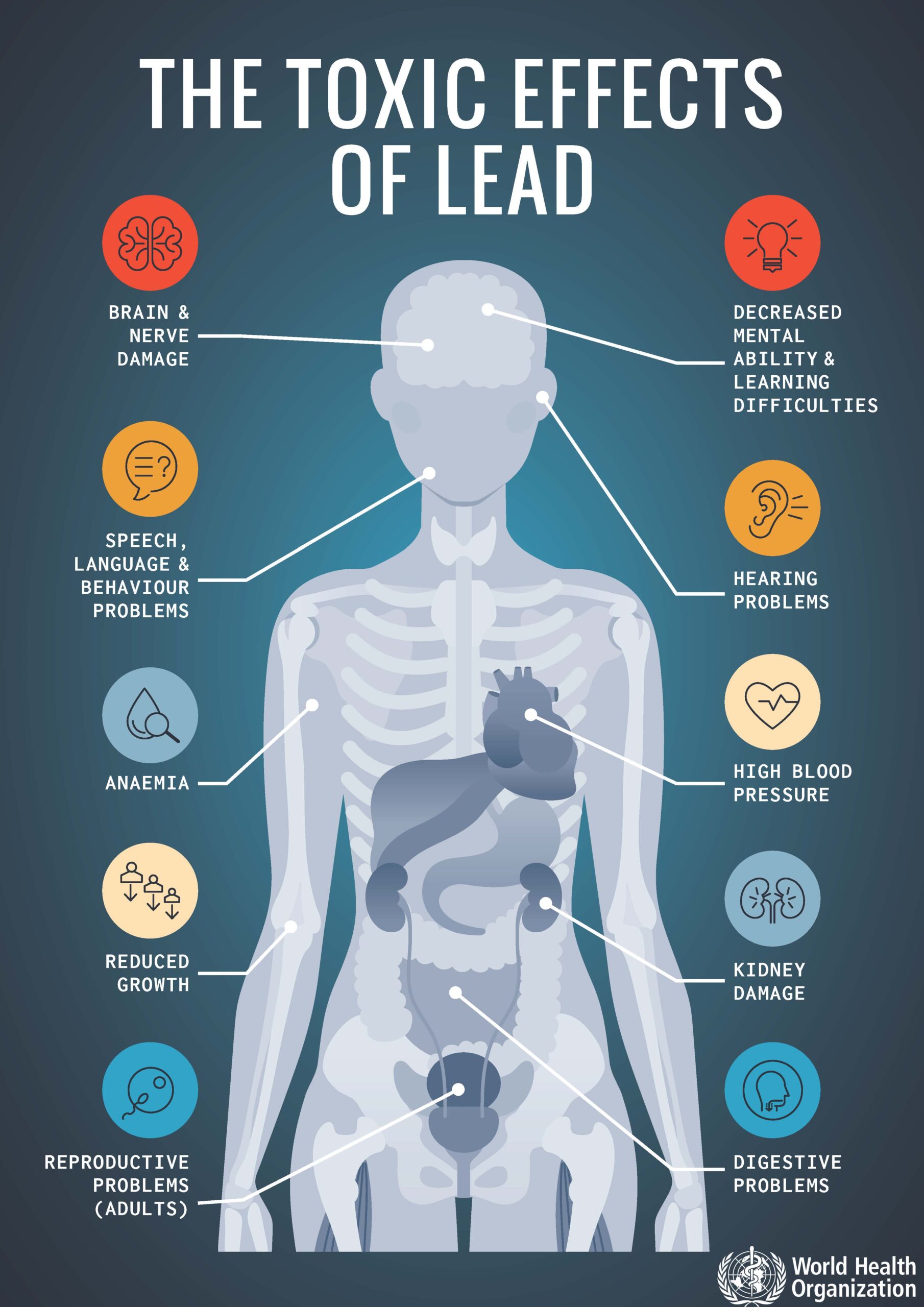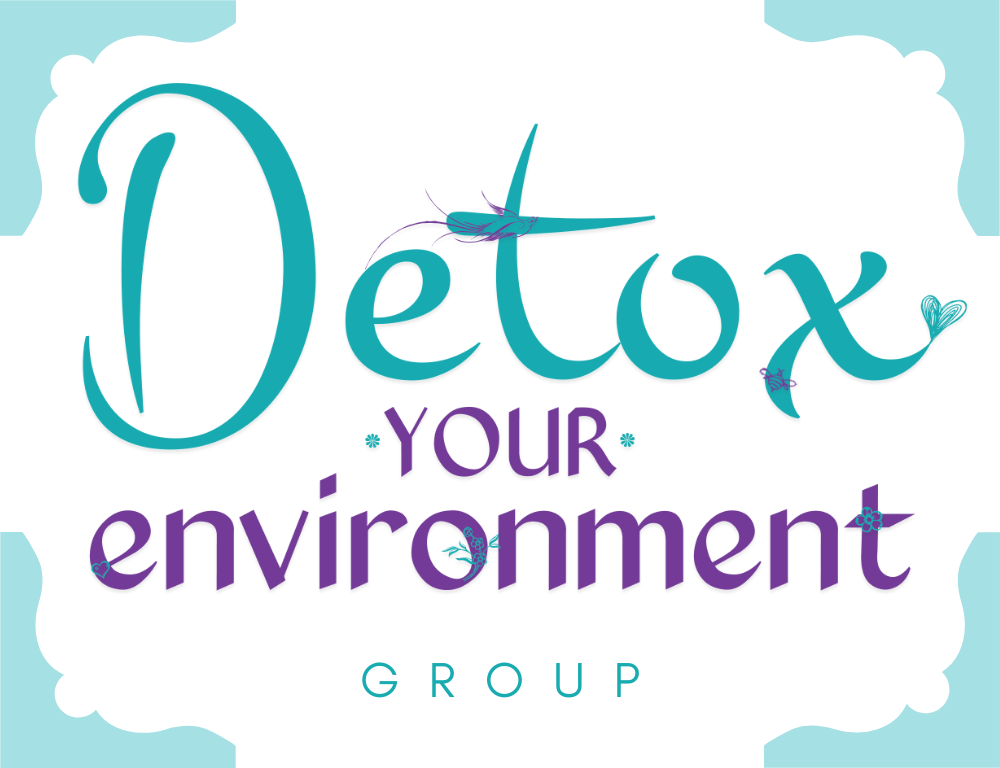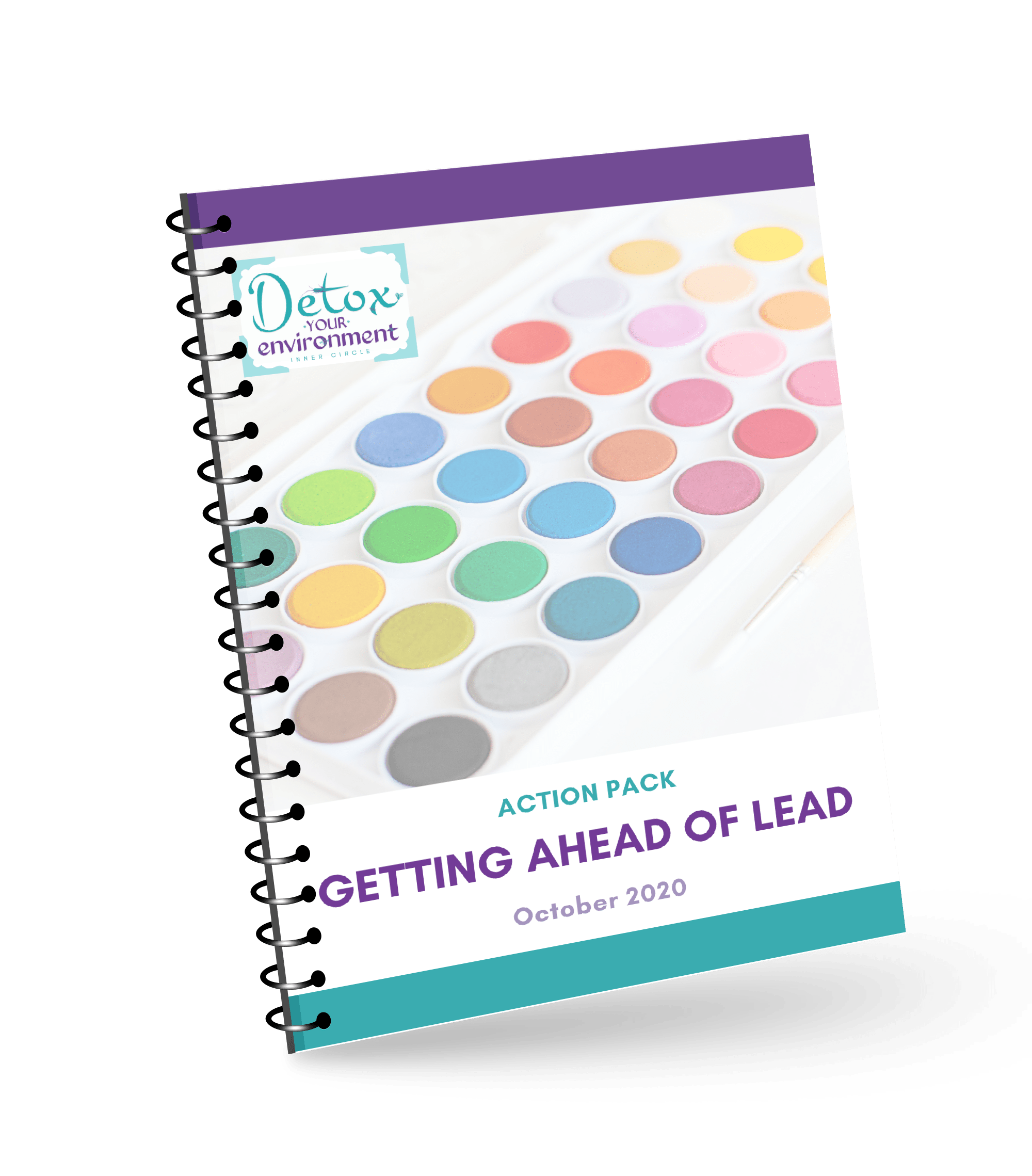Moving House Checklist: Tips for a Smooth and Healthy Move
Moving House Checklist
Moving house can be an exciting and stressful experience. Apart from packing and unpacking, there are many things to consider.
To help make your move as smooth and healthy as possible, I’ve compiled a checklist of tasks to complete at different stages before moving day.

Plan and Prepare
The first step to a successful move is planning and preparation.
It’s important to create a moving plan and decide on the moving date, book a reputable moving company, and reserve a parking space for the moving truck if necessary.
You should also take the opportunity to declutter your home by going through your belongings and donating or selling items you no longer need or want. This not only reduces the amount of items you’ll need to pack but can also help to create a healthier living environment in your new home.
It’s also important to notify your utility companies and service providers of your move and arrange for services to be discontinued and transferred to your new address.
Don’t forget to change your address with the post office, banks, insurance providers, and any other relevant parties.

Pack and Protect
The next stage is to start packing and protecting your belongings.
Gather packing supplies such as boxes, tape, and bubble wrap, and use new boxes to avoid any potential mould or fragrance issues.
Label each box with its contents and the room it belongs in to make unpacking easier.
And if you aren’t going to be there when the removalists unpack (yes, I had this happen when I moved interstate), be sure to provide a floor plan and label the boxes according to which room they need to be put in.
If anyone in your household has an allergy to house dust mites, it is important that they protect their health by wearing a mask and gloves when packing and cleaning.
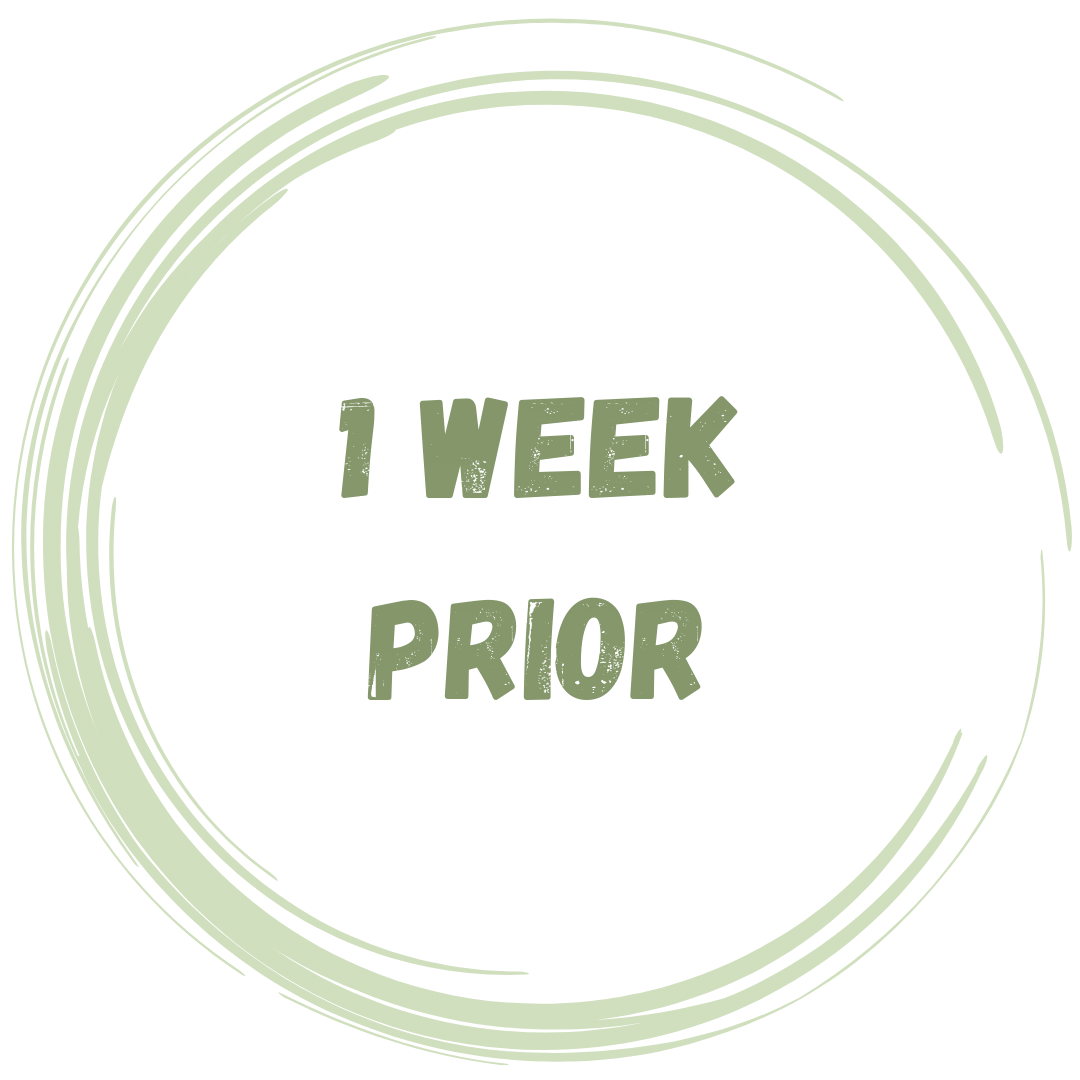
Finalise and Confirm
As moving day approaches, it’s time to finalise and confirm your plans.
Double-check the date, time, and any special instructions with your moving company.
Make sure everything is packed and ready to go, and do a final clean of your old home.
Arrange for a deep clean of your new home before moving in to ensure it’s a healthy and safe living environment.
Many of my clients find it helpful to have someone wash all walls and ceilings with sugar soap to get rid of the smells of previous residents.
It’s also important to confirm your plans with family and friends and ensure everyone is aware of the moving schedule and has their own arrangements in place.

Final Preparations
Pack a box with essential items, such as toiletries, a change of clothes, and important documents, that you will need immediately upon arrival at your new home.
Confirm the arrival time of the removalist.
Make sure you have enough cash or you’re able to pay the removalist by card.
Clean your old home, making sure you haven’t left anything behind.
In addition to packing your belongings, consider packing a “survival kit” that will tide you over for the first 24 hours. This could include:
- The kettle and your favourite beverages
- Cups or glasses
- Purified water
- Food you can eat as you unpack
- Basic crockery and cutlery
- A frozen pre-cooked meal you can heat up for dinner
- If you have pets, make sure you have their water bowl, food bowls, food, medications and beds
- I always like to have music on – so back in the day, I’d have my favourite CDs + stereo
- Keep your air purifier with you, as you will likely want to put that on when you arrive
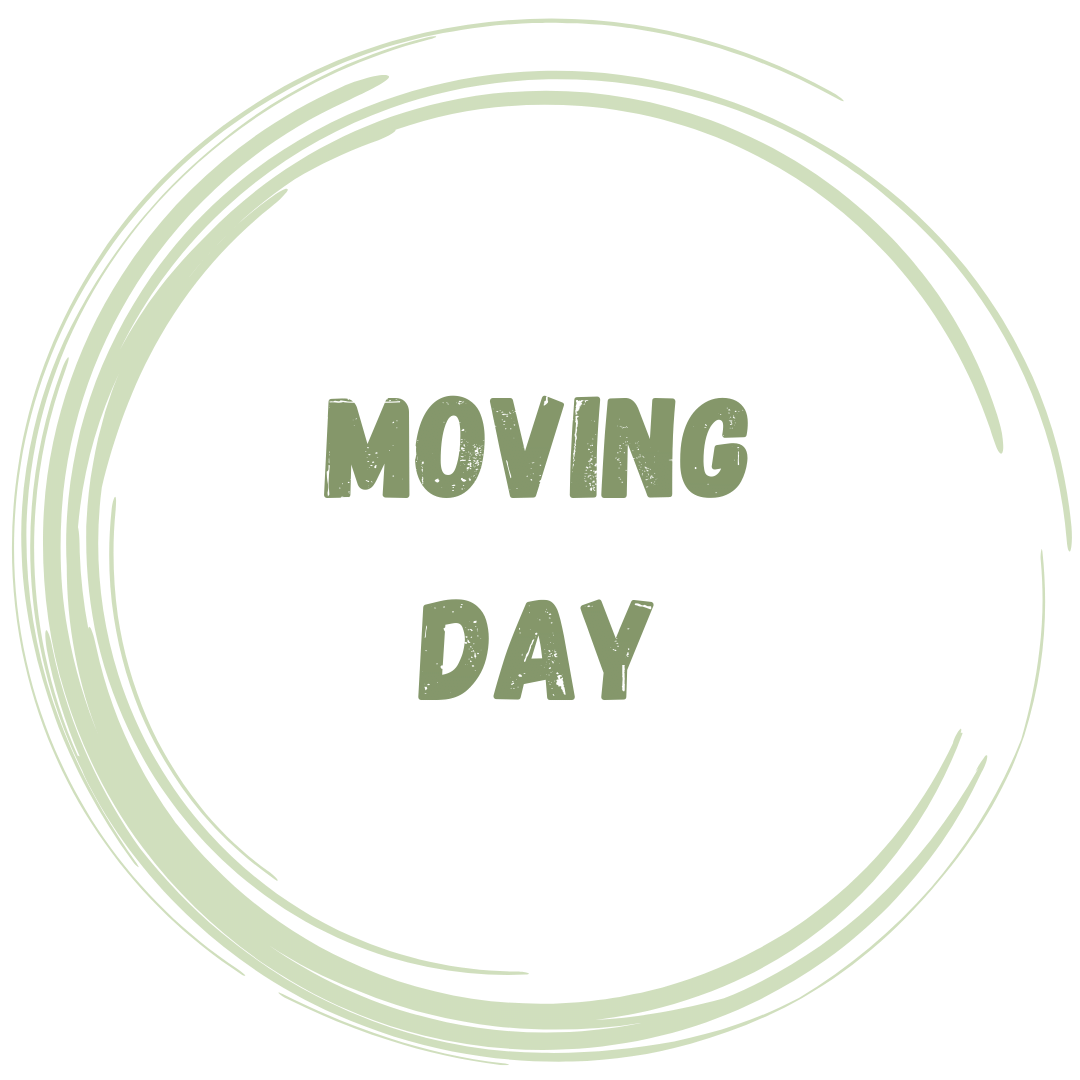
Self-Care: Moving Day
Once you’re up and out of bed, wrap your mattress in a tarp and tie it so that it is well-protected while in transit.
Before leaving your old home, conduct a final walkthrough to check all rooms and storage areas to ensure nothing is left behind.
When you arrive at your new home, confirm all utilities are working, and begin unpacking and settling into your new home.
Keep your labelled boxes and important documents in a safe and accessible place.
The first 5 things to set up in your new home:
1) When I first moved out of home, Mum told me the first thing to set up was my bed. And she was right. At the end of a long and strenuous day, being able to hop in a shower then flop into bed is essential.
2) Set up your air purifier so you’ve got clear air from the get go.
3) Get your kettle and drinks set up – it’s so important to stay hydrated.
4) Make sure you get the basics of your kitchen set up – the fridge, and what you’ll need in the first 24 hours.
5) The stereo is next – or however you listen to music. I love music to keep me motivated.
Moving House is a big deal, but it can be smooth
Moving house requires careful planning and preparation, but with the above checklist, it can be a smooth and healthy experience.
By following these tips, you can ensure that your move is stress-free and that your new home is a healthy and safe living environment for you and your family.
If you’re looking for more tips on healthy living in rental properties, including how to protect your rights, health, and belongings as a tenant, be sure to check out my “Blueprint to Living in a Rental” course.
And if you haven’t found your next place yet, then “Looking for a New Place? Avoid the Pitfalls of the Uninhabitable” would be my recommendation.

